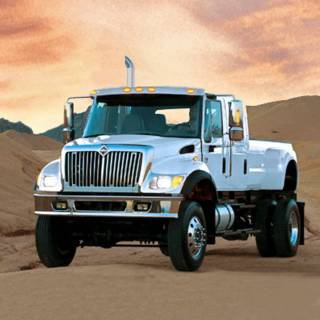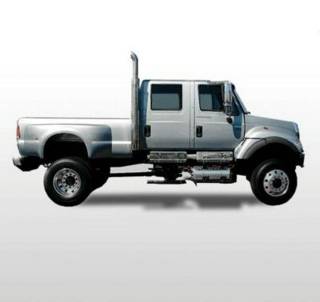Yes, we are short of our usual supply. But what does the 'usual supply' tell us about participation rates in the vaccination program? The usual supply is about 100 million doses, which means that at best the usual maximum expected inoculation rate for the U.S. population is about 33 percent. That's not a very good rate.
Even if we looked at the most vulnerable group, those over age 65, the historical inoculation rates are poor. The average is about a 66% inoculation rate for the nation's 36 million seniors. If we turn to the other risk groups, the rates fall below 50% - those with chronic conditions, pregnant women, and infants under 6 months. Historically we could expect that about 40% or 40 million of the doses would go to these high-risk groups. The sad fact is that we have never yet met targets for inoculating this group.
We will have 100 million doses by mid-January, enough to cover the historical rate of inoculation. However, the panic caused by the incessant media coverage of the shortage and its political fallout has caused an increased demand. So, once the newly arrived doses arrive and are administered, we will actually have inoculated more people than usual, especially in the high risk groups. So that's actually good, right?
Well, of course it's more complicated than that. It depends on when the flu season peaks, and that depends on what strain dominates. Since the flu virus is so adaptable, the vaccine has to be reformulated each year. And since it takes time to gear up the production, the decision on what strain to put in the vaccine has to be taken in February of the previous flu season. If the guess is wrong on what strain will dominate, as it was in 1999-2000 and in 2003-2004, the flu outbreak will be more severe than usual.
Here's a nice graph of flu case numbers in a Baltimore hospital over successive seasons from Johns Hopkins:

(c) Johns Hopkins University Epidemiology and Infection Control, 2004

In 2000-2001 and 2001-2002, flu cases peaked during the third week of January, but in 2003-2004 they peaked much earlier, in the second week of December. If that happens this season, you can see that there will be a lot of fallout, because the additional doses of vaccine will only be available after the peak.
A note of caution here though - there is no clear statistical correlation between rates of vaccination and hospitalization rates for the flu. In other words, historically the vaccinations have made no difference in how many people are hospitalized. The other point is that when a new strain appears, it doesn't matter whether you were inoculated or not, since the vaccine will not have that new strain as part of its make-up, and you will be vulnerable. Against a new strain, there is no defence. The CDC estimates that between 15 and 60 million U.S. residents will get the flu in an average year - this is an estimate since most people don't report flu to their doctors, and even fewer report flu to hospitals, the source of the firmest statistics. Of these, between 40,000 and 55,000 people will die from the flu - but this is a very fuzzy figure, since it is derived from death certificates, which are notoriously inaccurate.
My conclusion - if a new strain breaks out and this is a bad flu season, there will be a political firestorm. And no-one will pay attention to the fact that this would have occurred even if we had had the regular supply, and even if we had the unprecedented situation of 100% inoculation.
Who cares about the facts when there is political hay to be made?

